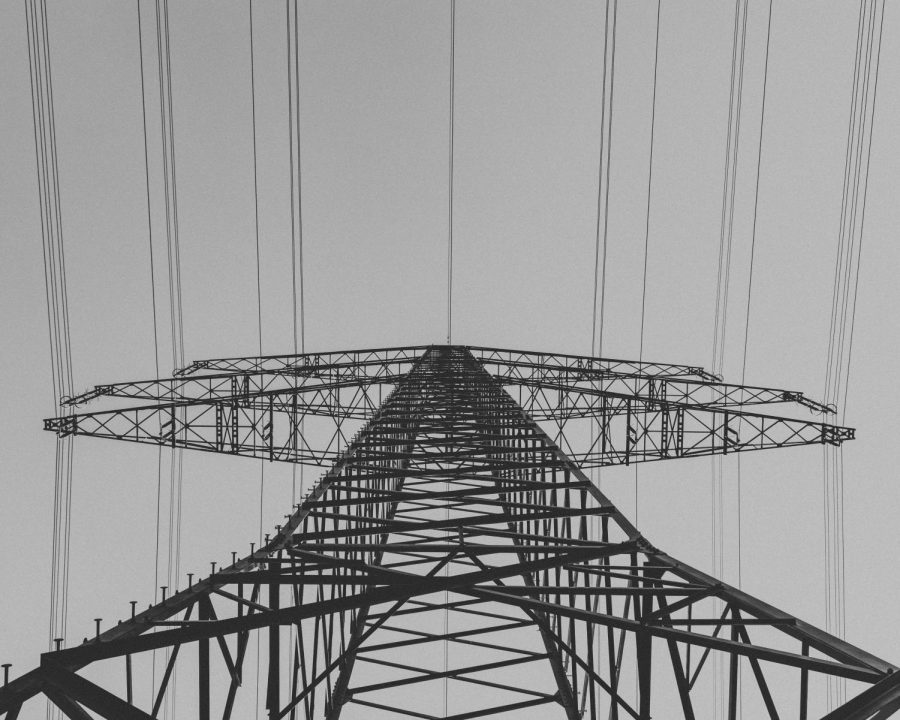How Texas outages advocate for a Green New Deal
Photo by Jarosław Kwoczała on Unsplash
February 18, 2021
If you tuned in to Fox News on Wednesday, Feb. 10, you would find a parade of pundits and politicians blaming wind turbines for the loss of power to nearly 3 million Texans. Texas Governor Greg Abbott went on Sean Hannity to say, “this shows how the Green New Deal would be a deadly deal for the United States of America.”
It is painfully obvious that the United States, especially Texas, is not operating under a Green New Deal.
This week’s southern winter storm of frozen precipitation and frigid temperatures brought Texas’s power grid to its knees. Infrastructure in the Longhorn state is not adjusted to Minnesota-like conditions, resulting in a high human toll. Weak insulation and carbon monoxide mishaps in homes have caused at least 32 deaths across the south. Millions are stranded without power and ill-equipped for the temperatures, while private electric companies have gouged prices six-fold in some cities. Frozen instruments at gas, coal and nuclear power stations, which provide 80% of energy in Texas, resulted in outages. Wind turbines froze as well, but were only responsible for half the number of outages as fossil fuel sources, according to the director of Ercot, the operator of the state power grid. Furthermore, Michael Webber, an energy resources professor at the University of Texas at Austin, told The Texas Tribune that “Texas is a gas state… [and] Gas is failing in the most spectacular fashion right now.”
Minnesota also gets approximately 20% of its energy from wind power. Renewable energy faces many hurdles to becoming dominant on the grid, but extreme weather malfunctions are relatively negligible. That said, this crisis is still informative about the future of America’s climate movement and the Green New Deal. The broader failure there stemmed from the state government privatizing the energy industry and disconnecting Texas from the two halves of the country’s interconnected power grid (see here for a visualization). It makes a dramatic case that the centerpiece of the Green New Deal should be a nationalization of America’s energy grid.
As climate change worsens, heating and cooling our homes will demand more energy use. As we switch from gasoline to electric cars, our demand for electricity will increase. Texas, being cut off from the regional grid, could not meet the demand for heating following the equipment malfunctions. A similar issue happened in California during 2020’s wildfire season. Devastating rolling blackouts were forced when the state could not transmit sufficient energy from other states. This is what a Green New Deal must address: a growth in demand.
Under a nationalized grid, the eastern, western, and Texan grids would be linked, allowing a surplus of renewable energy to flow where it was most needed. It would save consumers $3.6 billion by 2038 and lead to a mass shutdown of coal plants, according to a government study redacted by the Trump administration. It would also reduce reliance on oil pipelines, such as Line 3, that shuttle dirty energy sources across the U.S. and cause massive environmental justice hazards. Coal is still the primary source of power here in Minnesota, contributing to air pollution and unnecessary carbon emissions, so the state would greatly benefit from a renewables friendly grid.
If a Green New Deal or Biden climate bill enacts public works on expanding the production of renewables, electric car or rail infrastructure and national broadband, our capacity will need to grow to meet that demand. A nationalized grid is the only way to rise to that challenge and address the pitfalls of climate change as are on display in Texas.













